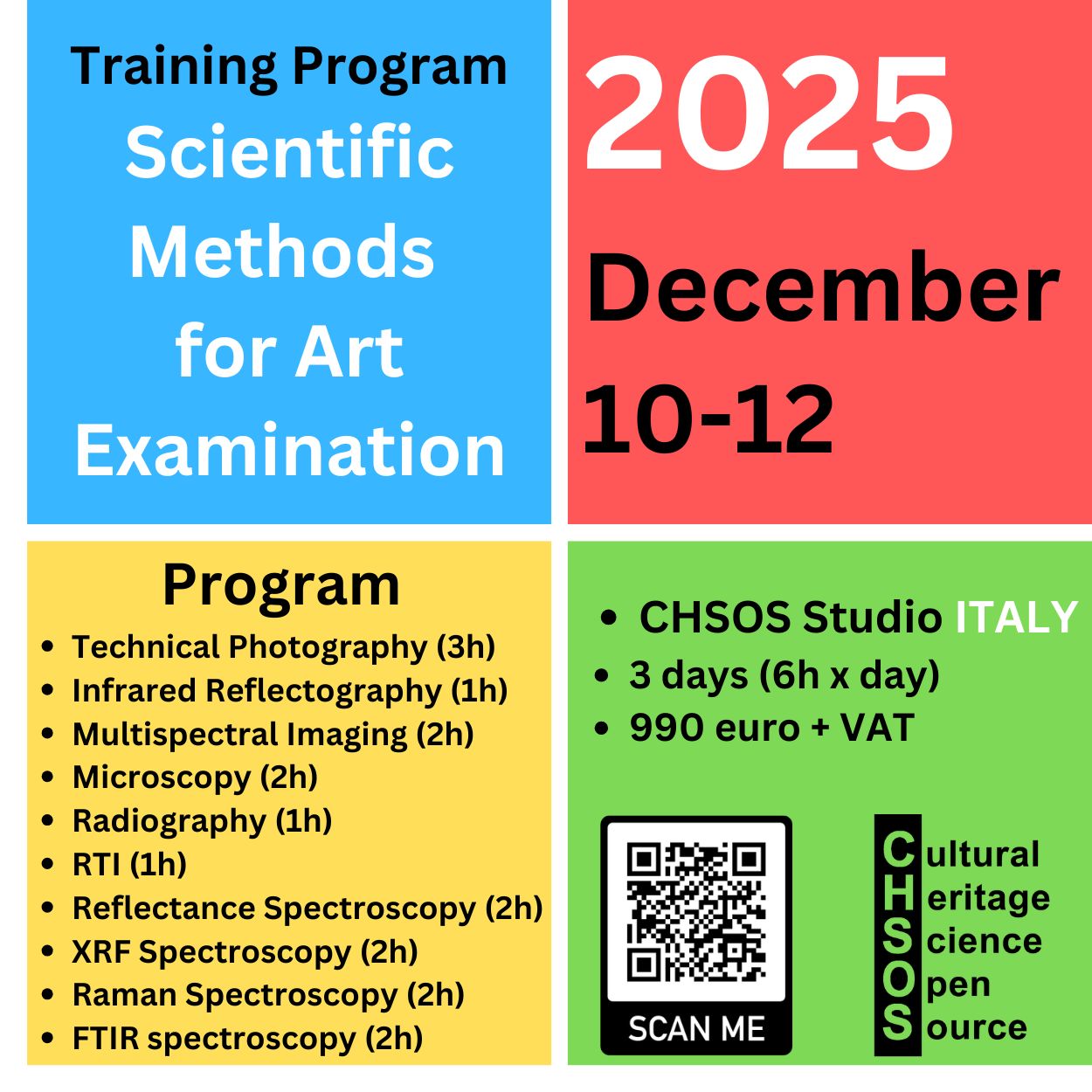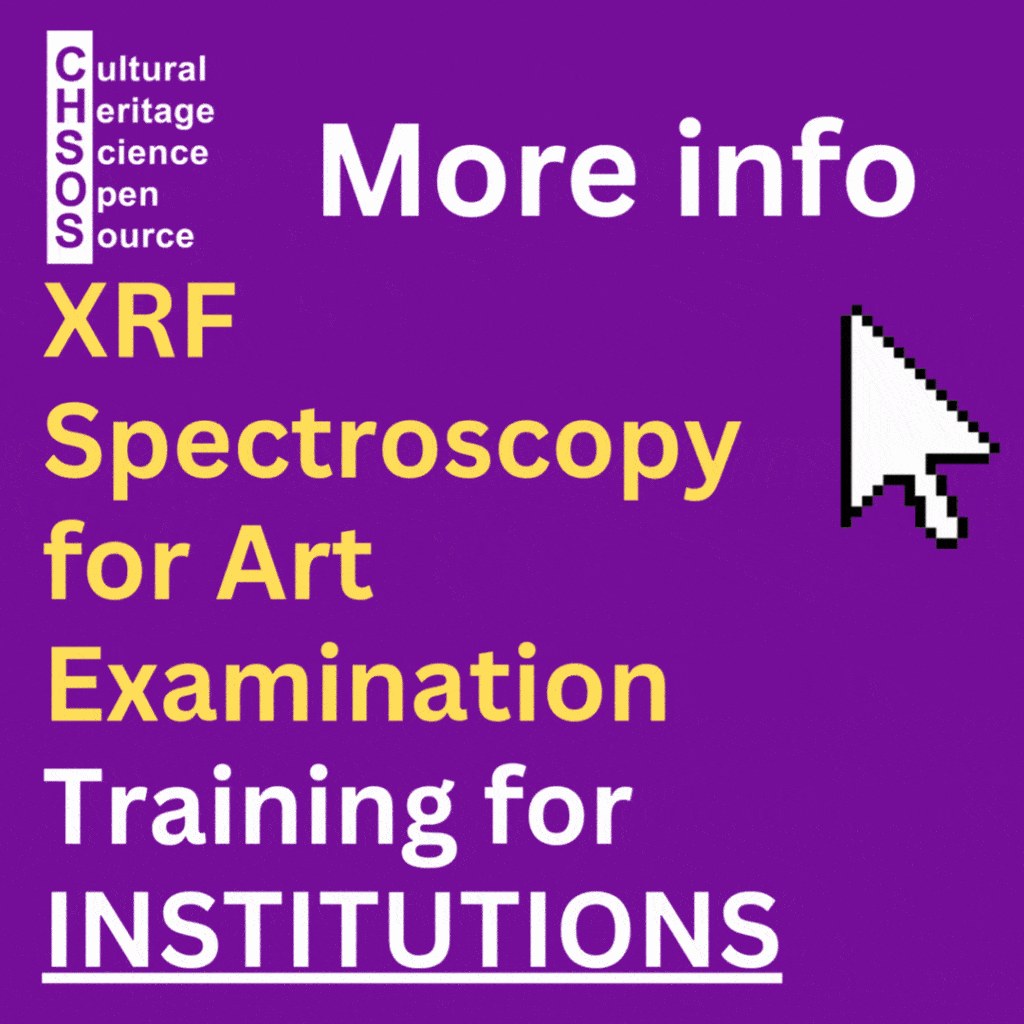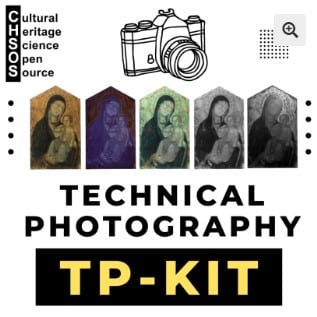Home » Products » Pigments Checkers » Infrared Reflectography – Pigments Checker Standard
-
Pigments Checker (TP-MSI calibration card included)
730,00€ Select options This product has multiple variants. The options may be chosen on the product page -
Valeria – Pano Head
1.320,00€ Add to cart

Infrared Reflectography (IRR) in the Examination of Pigments in Art
Infrared Reflectography (IRR) is a powerful and non-invasive imaging technique widely used in the scientific examination of artworks. By capturing images in the near-infrared region—typically between 900 nm and 1700 nm—IRR can penetrate certain layers of paint, thereby revealing hidden details beneath the visible surface. Consequently, this makes IRR invaluable for uncovering underdrawings, preparatory sketches, and compositional changes made by the artist during the creative process.
How IRR Interacts with Pigments
In pigment analysis, IRR plays a crucial role because many pigments become more transparent in the infrared range, allowing infrared radiation to pass through upper paint layers and reflect from the ground or lower layers. For instance, carbon-based underdrawings appear dark in IRR images due to their strong infrared absorption. In contrast, pigments such as lead white or ultramarine become partially transparent, thus exposing what lies beneath.
Applications in Art Conservation and Research
Furthermore, art conservators and heritage scientists often use IRR in combination with other imaging and analytical techniques. This integrated approach not only supports authentication but also informs conservation strategies and helps detect later additions or restorations. IRR proves especially effective for historical paintings, where understanding the artist’s working methods is essential for preservation and scholarly interpretation.
Portable Systems and Integrated Analysis
With the development of portable, high-resolution IRR systems, experts can now perform in-situ examinations in museums, galleries, and private collections. Since the method is contactless and sample-free, it is completely safe for delicate artworks. Moreover, when IRR data is combined with multispectral imaging and reflectance spectroscopy, pigment identification becomes more accurate, and material changes over time can be better documented.
In conclusion, Infrared Reflectography remains a cornerstone of cultural heritage science, offering a unique window into the hidden layers of art while deepening our understanding of historical painting techniques.
Resources
National Gallery (London) – Raphael’s Madonna of the Pinks
The National Gallery has pioneered the use of infrared imaging to study underdrawings in paintings. For example, the gallery’s infrared imaging study of Raphael’s Madonna of the Pinks (~1506–07), revealing an exquisite underdrawing beneath the paint layers.











